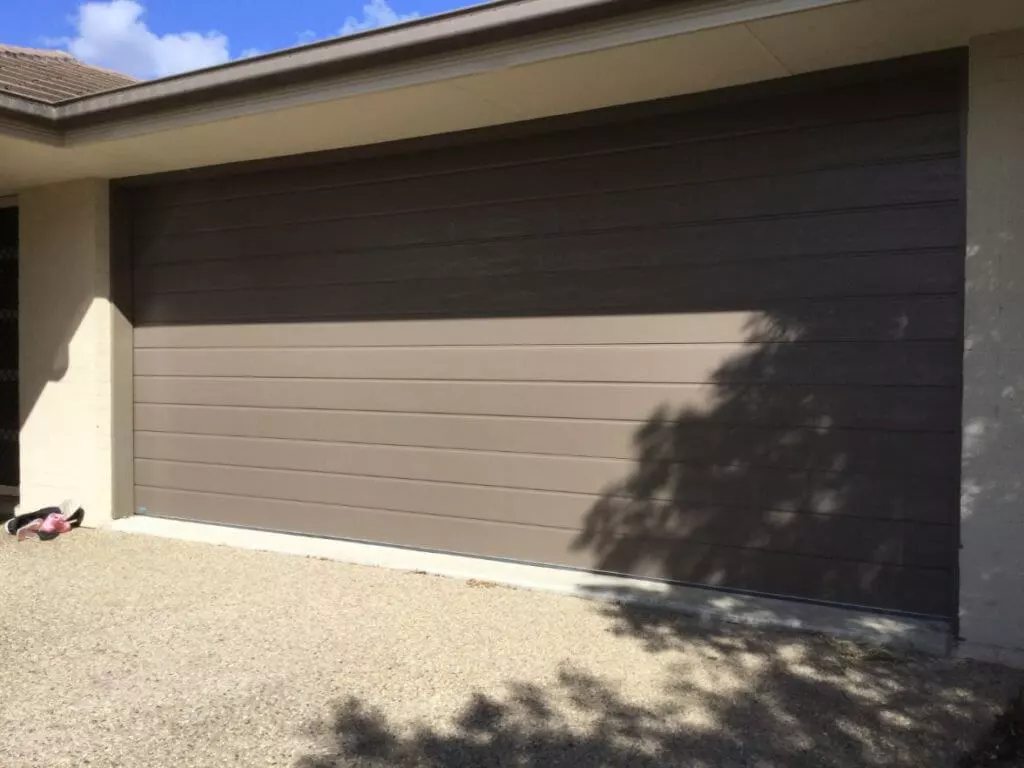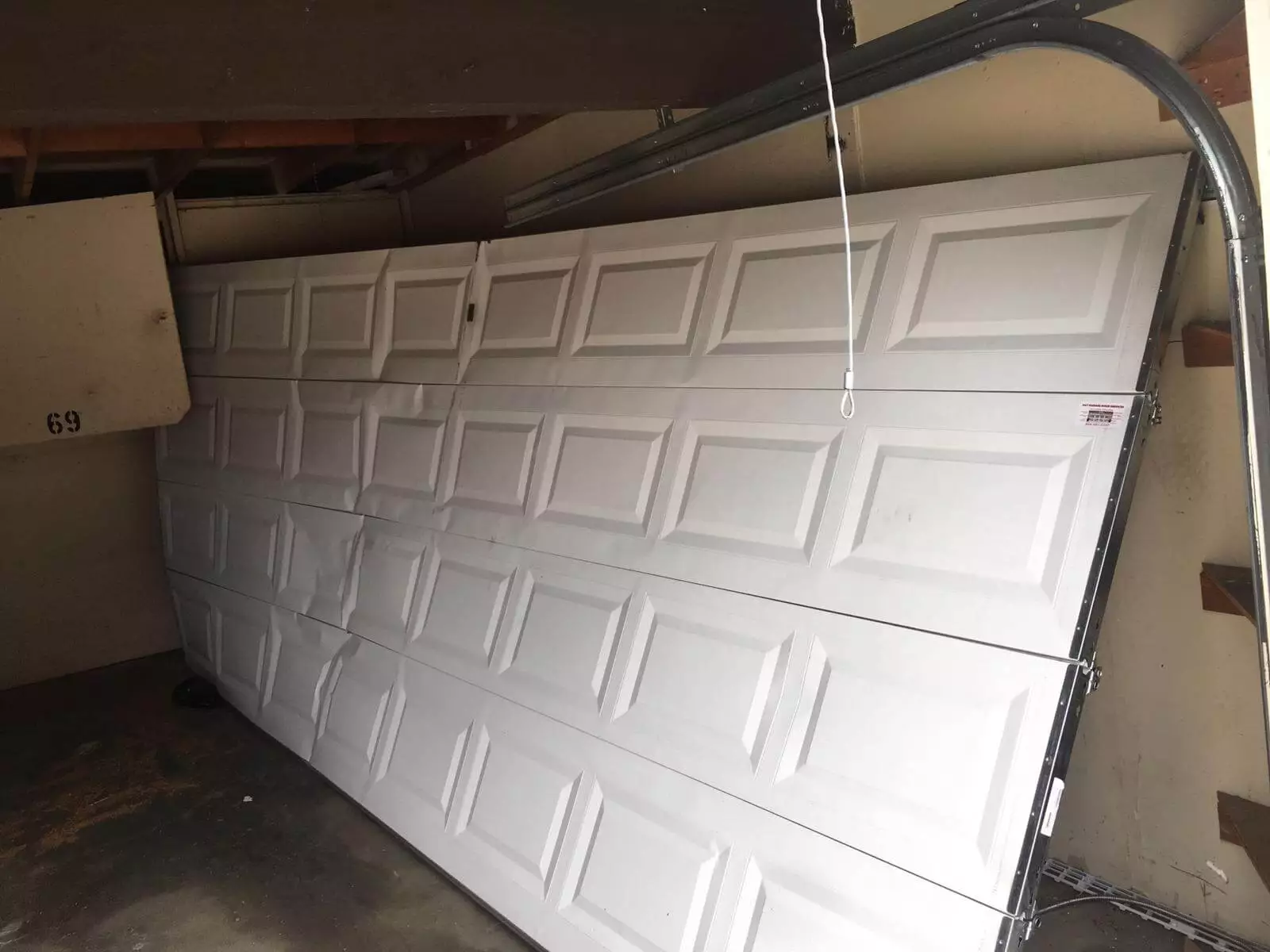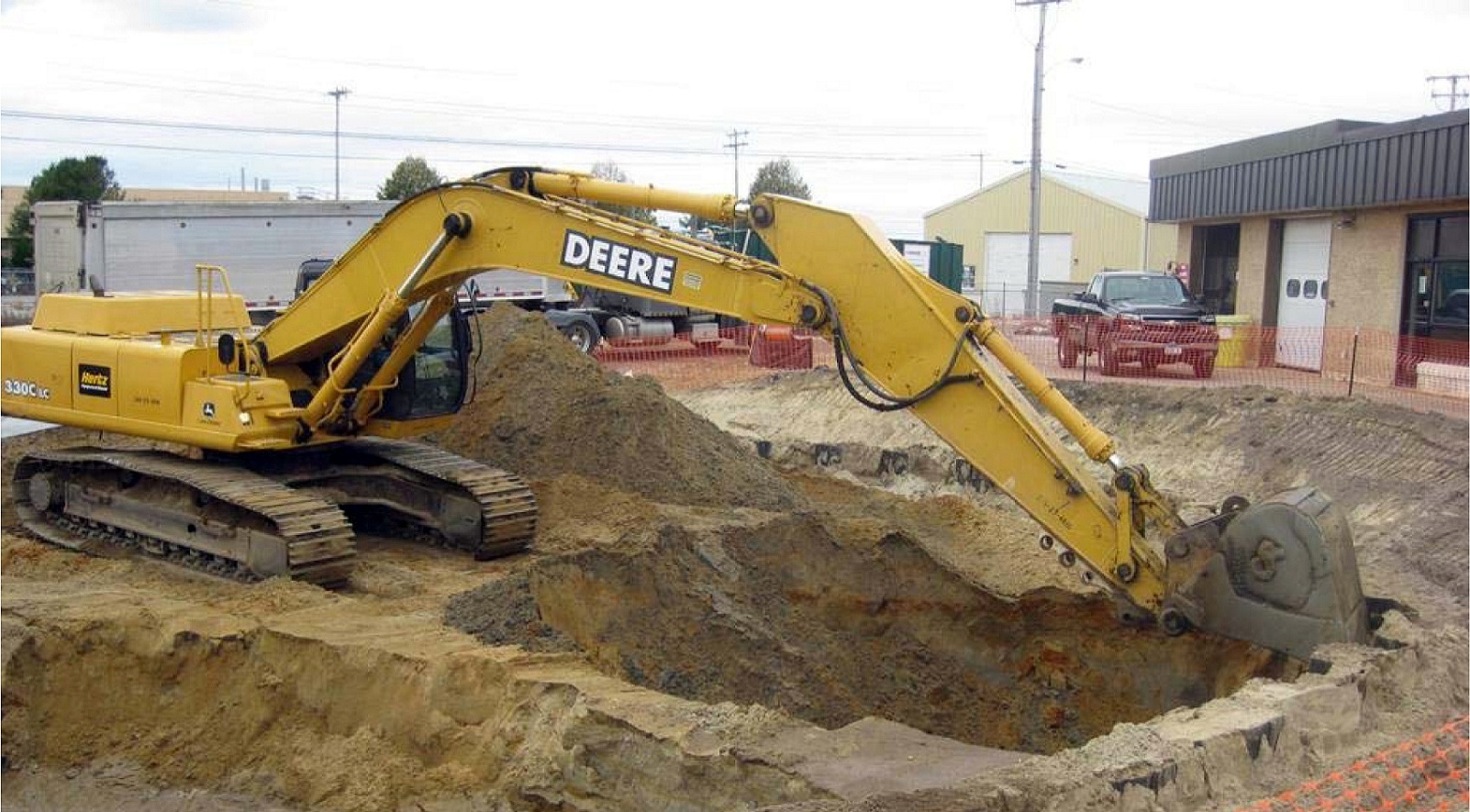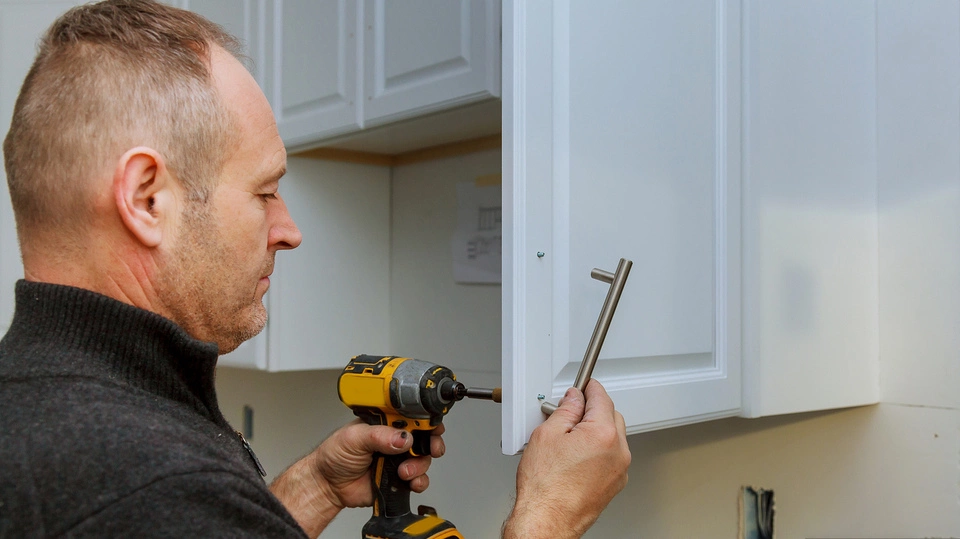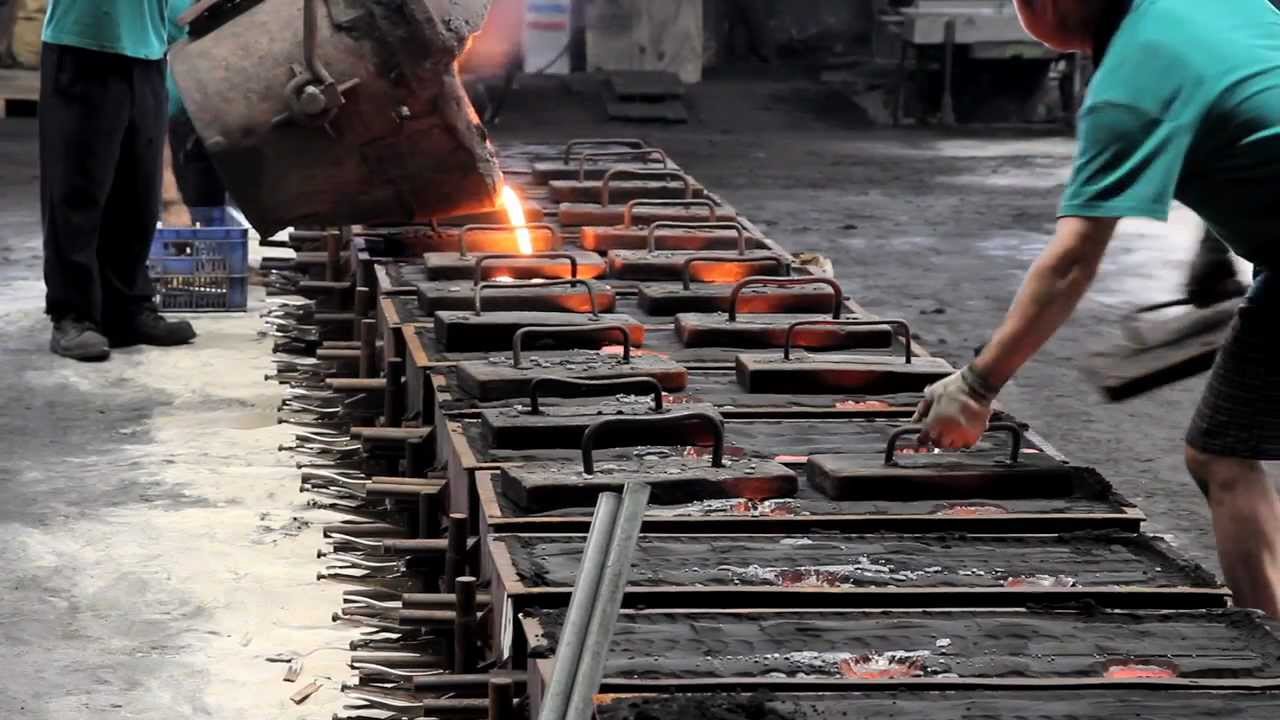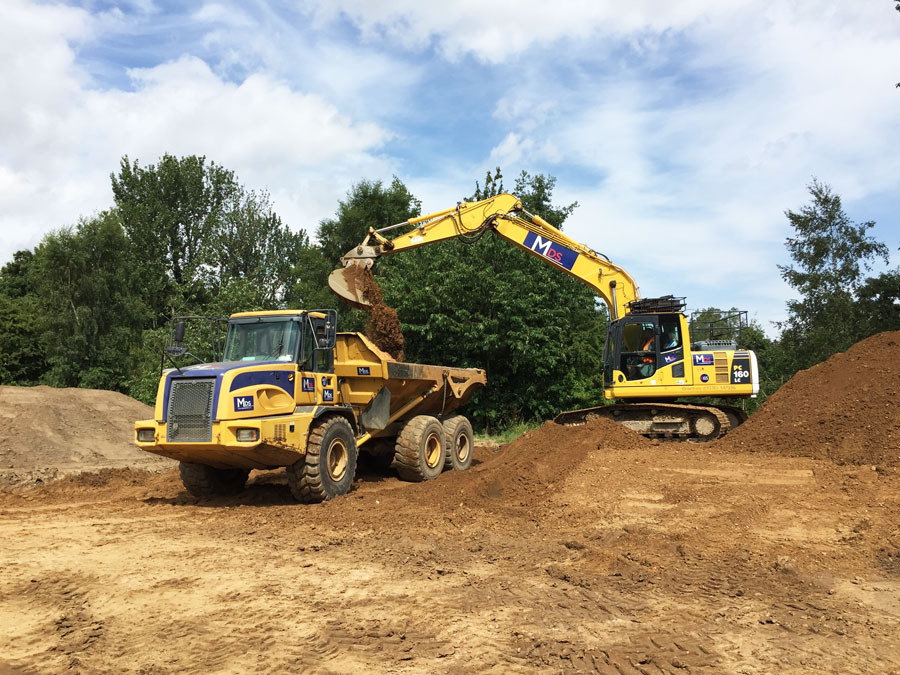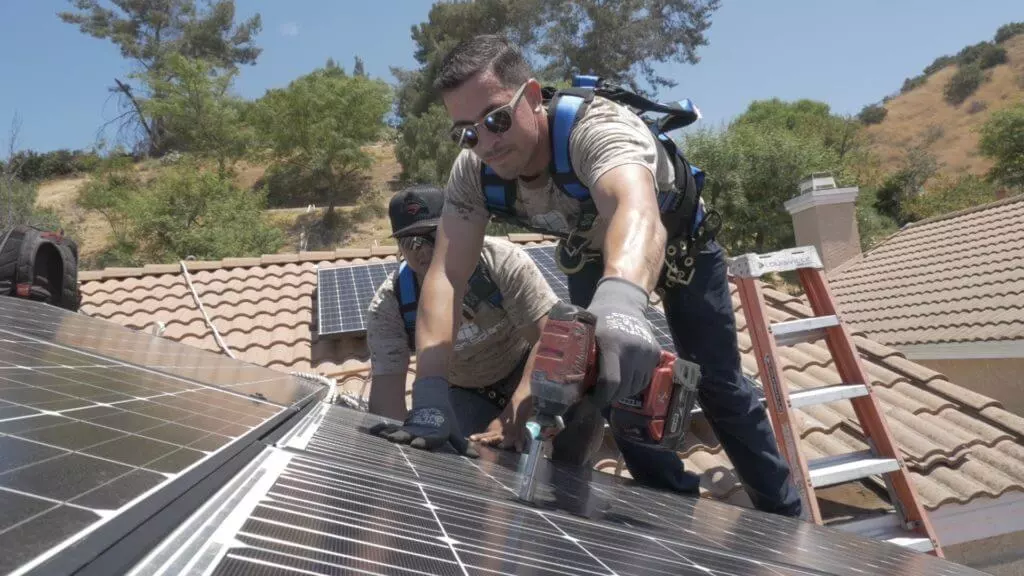
In today’s age of increasing environmental consciousness and a growing need for sustainable energy solutions, solar panel installation has emerged as an important step toward achieving a greener and cleaner future. Harnessing the power of the sun, solar panels have the potential to reduce power bills and significantly contribute to reducing carbon footprints. This article will take a closer look into the essentials of PV panel installation, outlining its benefits, process, and important considerations.

Content
- The history of solar panels
- Early observation
- Photoconductivity and early experiments
- Albert Einstein’s explanation of the PV effect
- Bell Labs and Silicon Solar Cells
- Space exploration and growth
- Advancements in efficiency and commercialization
- Solar revolution and global adoption
- The benefits of solar panel installation
- The installation process
- Important considerations
The history of solar panels
The history of this technology dates back to the 19th century, with some important developments and discoveries contributing to the creation and evolution of solar photovoltaic (SPV) technology. Here is a brief overview of how these things started.
Early observation
The foundation for using this kind of energy started with early observations of the sun’s ability to produce light and heat. In the 30s, a French physicist by the name of Edmond Becquerel discovered the photovoltaic effect, which is the generation of electric current when a particular material is exposed to light. It laid the foundation for future developments in this type of technology.
To know more about photovoltaic energy, click here for details.
Photoconductivity and early experiments
In the late 19th century, scientists like Aleksandr Stoletov and Willoughby Smith explored the concept of photoconductivity, where the electrical conductivity of certain materials increased when exposed to light. These experiments paved the way for more exploration to harness sunlight for electrical generation.
Albert Einstein’s explanation of the PV effect
Albert Einstein’s work on the PV effect in the 20th century provided a theoretical framework for understanding the interaction between matter and light. His work demonstrated that light could not only produce heat but also directly release electrons. As a consequence of that, it can generate electric current.
Bell Labs and Silicon Solar Cells
The true birth of modern PV panels came in the 50s and 60s when researchers at Bell Labs, including scientists like Calvin Fuller, Daryl Chapin, and Gerald Pearson, developed the first practical silicon PV cells. These cells were able to convert sun rays directly into electricity through the PV effect. The first silicon cell, created in 1954, had an efficiency of around six percent, a far cry from the efficiency levels achieved by today’s cells.
Space exploration and growth
During the 60s and 70s, PV panels found early applications in space exploration. The National Aeronautics and Space Administration (NASA) used these things to power spacecraft and satellites, including the historic Apollo Missions. It boosted development and research efforts to improve the reliability and efficiency of this technology.
Advancements in efficiency and commercialization
Over the years, significant advancements have been made in cell efficiency and manufacturing techniques. Investments and research led to the development of more effective and cost-effective units, making them increasingly viable for residential and commercial use.
Solar revolution and global adoption
The late 20th century and early 21st century saw a significant surge in PV panel installations all over the world. Advancements in technology, economies of scale, and increased environmental awareness contributed to the growth of the industry. Organizations and governments have started offering incentives, subsidies, and feed-in tariffs to promote the adoption of this kind of energy.
The benefits of solar panel installation
Renewable energy source
These things generate power using the sun’s rays, a renewable and virtually inexhaustible resource. Unlike fossil fuels, this kind of power is not subject to depletion, making it an environmentally friendly choice.
Want to know more about renewable energy? Visit https://www.nrdc.org/stories/renewable-energy-clean-facts to find out.
Reduced energy costs
Once these things are installed, solar panels can lead to substantial cost savings on electricity bills. By generating electricity on-site, property owners and businesses can decrease their reliance on grid power.
Low maintenance
These things are relatively low maintenance. Regular cleaning to remove debris and dust, as well as occasional inspections, are usually sufficient to make sure optimal performance is achieved.
Environmentally friendly
Solar energy production releases minimal greenhouse gases, contributing to minimized air pollution as well as combatting climate change.
Energy independence
These things offer a degree of power independence, allowing property owners and businesses to generate their own power and potentially even sell excess electricity back to the grid.
Long lifespan
These devices have a long lifespan, usually ranging from 25 to 30 years or more. It makes them a reliable and durable investment.
The installation process
Site assessment
The installation process starts with a site assessment to determine the feasibility of installing the device. Factors like roof orientation, shading, as well as available sunlight are appropriately evaluated.
Design and planning
Based on the site assessment, the system is designed to optimize electricity production. It includes determining the number of panels, their placement, and the necessary equipment like inverters and mounting structures.
Permitting
Before installation, necessary approvals and permits need to be obtained from local authorities. Regulations differ by region, so compliance is important.
Installation
Once permits are secured, the process starts. It involves mounting the device on the roof or ground in a configuration that maximizes sun exposure. Wiring and connections are also established during this phase.
Electrical work
The device’s Direct Current electricity is converted into Alternating Current electricity using inverters. These inverters are usually installed near the main electrical unit.
Inspection
After installation, the system undergoes an inspection to make sure it meets performance and safety standards.
Connection to the grid
If the system is grid-connected, it is connected to the local electricity grid. It allows excess power or electricity to be fed back to the grid, potentially leading to credits on electricity bills.
Monitoring and maintenance
Regular monitoring can help make sure the unit operates at peak efficiency. Maintenance activities from Sacramento solar services include cleaning the device and addressing any problems that may arise.
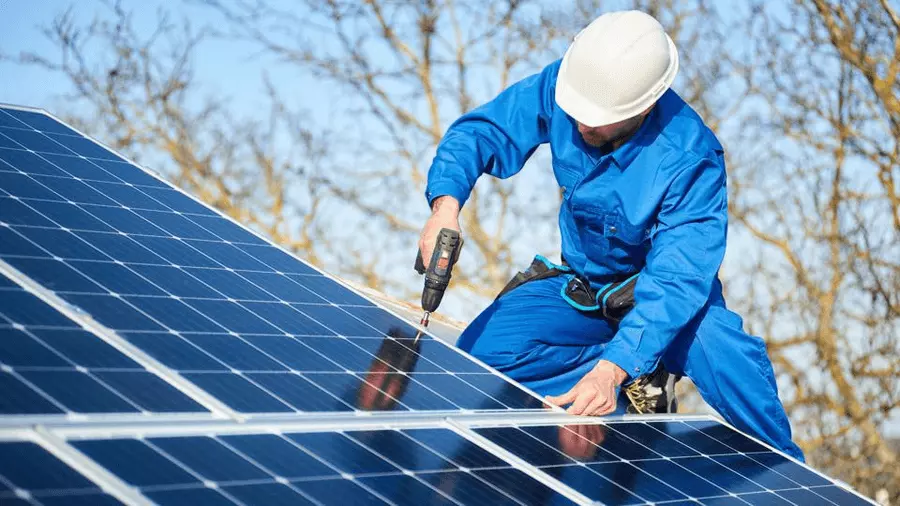
Important considerations
Roof conditions
The condition of the roof is very important. If a roof is in need of immediate repair or aging, it is advisable to address those issues before installing these devices.
Orientation and shading
The orientation and shading of the site significantly impact energy production. Units should ideally face southwest or south to receive the most sunlight throughout the day.
Budget and financing
Installation can be a significant investment, but various financing options, tax credits, and incentives are often available to help offset costs.
Local regulations
People should familiarize themselves with local laws, regulations, utility policies, and permits related to installation.
System size
Determine the correct system size based on the energy consumption and available space.

Elena Mohr is a dedicated home blogger who has been blogging for over six years. She covers everything home related. Elena also loves writing posts about her travels to Europe with her husband and two children.

